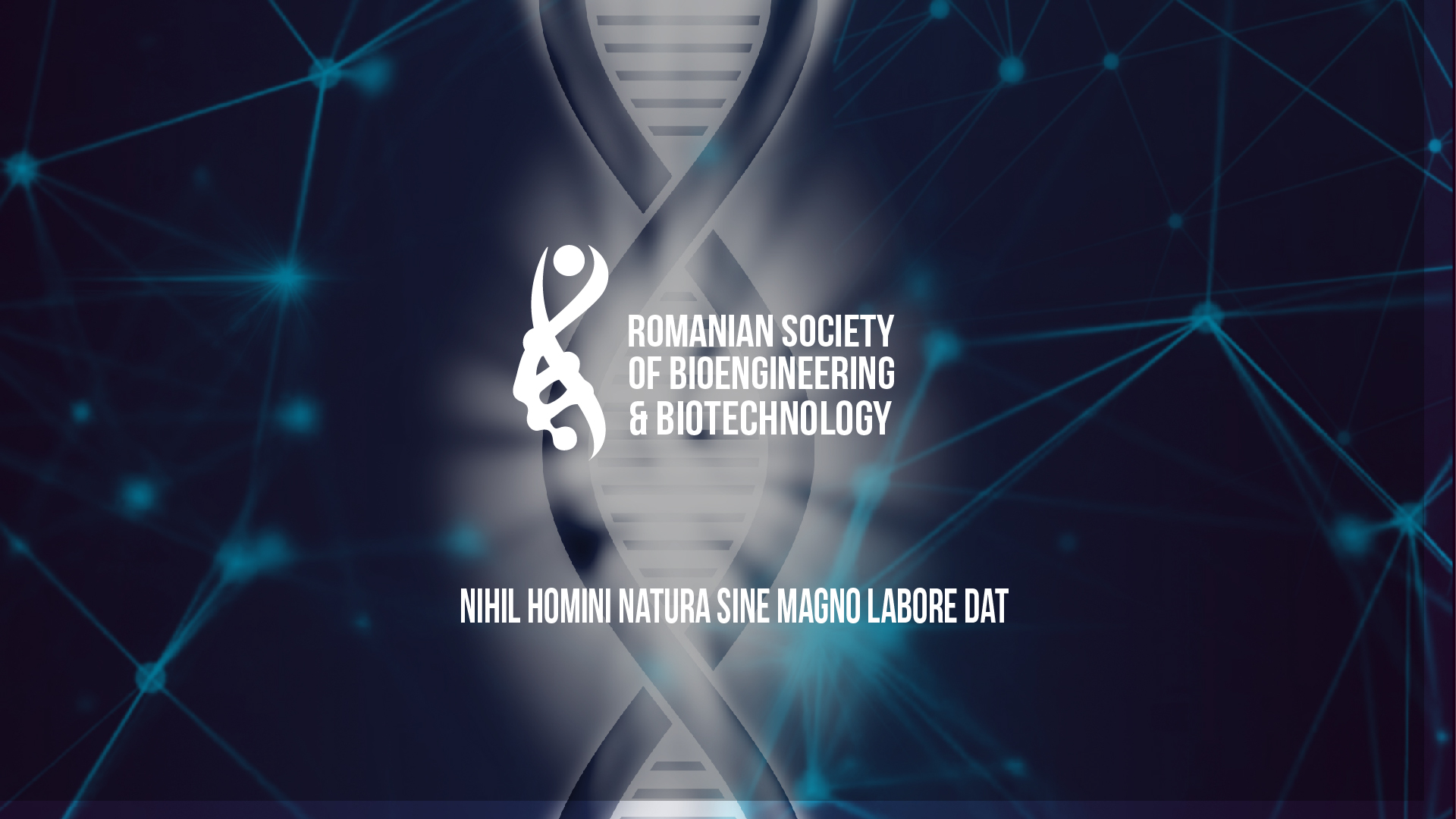
BIOENGINEERING AND BIOPROCESSING COMMISSION
Bioengineering applies engineering principles in biology and medicine to the design and analysis of biological systems and medical technologies. It plays a crucial role in developing new medical technologies and improving the quality of healthcare for people around the world.
Subdomains:
- Tissue engineering – ex: bioprinting (process very similar to 3D printing, but using human cells instead of plastic)
- Medical imaging techniques: Ultrasonography, MRI, Computed Tomography
- Wearable devices: Transdermal patches containing bioactive substances that can be taken up by dermal absorption, Sensors, flexible, waterproof and extensible electronic wires that can be 3D printed or woven into materials and can monitor some health parameters (pulse, blood pressure, and which can be transmitted in real time to a medical unit)
- Surgical and rehabilitation robots (ex: robotic joints)
- Nanorobots for targeted drug/cytostatic administration
- Organ-on-a-Chip- in vitro systems that study the behavior of tissues and organs to understand cell behavior, disease progression, and pharmaceutical or toxicological interactions
- Mini-Bioreactors that support the microfluidic production of compounds in the presence of enzymes or other biocatalysts, to produce medicines or other biologically active compounds
BIOMATERIALS COMMISSION
Biomaterials are classes of compounds compatible with biological systems, with applications in biology and medicine: metals, ceramics and glass, polymers (polyurethanes, polyethylene, gels) and composites. They are used to make biologically compatible products. They are increasingly used to perform three-dimensional (3D) bioprinting or 3D-printing-like techniques to combine cells, tissues with biomaterials to manufacture biomedical parts, often with the aim of mimicking the characteristics of natural tissues (tissue engineering).
Biomaterials are characterized by specific mechanical, electrical, thermal, magnetic, optical properties. They may include bioactive substances that are bioavailable and controlled release in biological systems.
AGRICULTURAL AND FOOD BIOTECHNOLOGY COMMISSION
Agricultural biotechnologies include subfields such as:
- Taking and transferring genes into crop plants to make them more resistant to pests (genetic engineering)
- Bioeconomy (utilization of the natural results of proteins, carbohydrates, lipids, biopolymers) to create products with added value usable in industry (biofuels), food, medicine
- Obtaining biofertilizers used for the purpose of increasing agricultural production and ensuring qualitative and ecologically pure food products;
- Metabolic engineering: regulation of plant metabolism to produce increased amounts of nutrients or secondary metabolites (pigments, volatile substances, antioxidants, etc.)
Food biotechnologies include:
- The use of enzymatic biocatalysis (fermentations, transformations of vegetable or animal substrates, extractions) to obtain foods with the desired sensory and nutritional value or amplified by specific nutrients (functional foods)
- Biotransformation (biorefinery): the use in bioreactors of some substrates (plants, food residues) to obtain food products with added value
MEDICAL AND PHARMACEUTICAL BIOTECHNOLOGIES COMMISSION
Medical Biotechnologies
- Inserting human genes into bacteria to produce vaccines
- Genetic testing for the detection of diseases with a genetic component
- The use of omic technologies (proteomics, metabolomics) for the detection of diagnostic biomarkers and monitoring of degenerative diseases (cancer, cardiovascular diseases) and metabolism (diabetes, endocrinology, including burn-out)
- Preclinical diagnosis of diseases through laboratory biomarkers (protein and non-protein, tumor biomarkers)
- Biostatistics applied in medicine
Pharmaceutical Biotechnologies
- Inserting human genes into bacteria to produce drugs
- Synthesis and purification of molecules usable as medicine
- Determination of stability, toxicity, immunogenicity of drugs
- Controlled drug release systems in vitro and in vivo
- Biomolecular modeling for the in silico selection of candidate molecules for the development of new drugs
- Biostatistics applied in pharmacy
ENVIRONMENTAL BIOTECHNOLOGIES COMMISSION
Environmental biotechnologies include subfields such as:
- Monitoring and risk reduction for environmental contamination and proper storage of (bio)municipal and industrial waste
- Treatment of (bio)waste (wastewater, soil and air) to achieve quality standards and reuse of treated wastewater to reduce demand for natural water for industrial, agricultural and municipal purposes
- The transformation of biological or chemical waste into biodegradable/biocompatible and renewable products for the production of materials and fuels, with a measurable reduction of human risks related to the disposal of biological waste,
- Environmental impact studies of climate change, including CO2 production.
- Bioremediation: the use of plants or microorganisms that specifically absorb toxic compounds from soil or wastewater
COMMISSION OF MICROBIAL BIOTECHNOLOGIES
Microorganisms (bacteria, fungi, protozoa, microalgae, viruses) from soil, water, almes, animal/human intestines but also from areas with extreme conditions (very low or high temperatures, high salinity, toxic metals) can be used to obtain products beneficial for health, industry, the environment.
Subdomains:
- Obtaining effective preparations with antitumor, antiviral, antimicrobial action, new generation vaccines
- Obtaining useful products (medicines, food, food additives, industrial products) by using the enzymatic capacity of microorganisms
- The use of detection tests for different types of microorganisms and molecular recognition biomarkers through advanced techniques (MALDI, LC-MS, NMR) including immunological (ELISA)
- Applied bioinformatics: the use of advanced computer systems for the classification and characterization of microorganisms
- The use of beneficial microbial agents for soil and water remediation
- Biodegradation and microbial biodeterioration of residues
- Bioconversion of plant and residual biomass resources and bioenergy production;
- Secondary oil recovery and bioexploitation of metals from poor deposits;


